The color additive found in many pre-packaged foods may affect those with ADHD or allergies

Do you notice your kiddo gets hyper after eating a cookie coated with bright red frosting and rainbow sprinkles? It’s natural to assume that sugar is the culprit, but research suggests some of the blame belongs to artificial food dyes like red dye 40.
Advertisement
Cleveland Clinic is a non-profit academic medical center. Advertising on our site helps support our mission. We do not endorse non-Cleveland Clinic products or services. Policy
So, what is red dye 40? Red dye 40, made from petroleum, is approved by the U.S. Food and Drug Administration (FDA) for use in foods and drinks.
But some studies have linked artificial food dyes like red dye 40 to hyperactivity, including ADHD.
Some studies show a link between dyes and increased ADHD or hyperactivity in children. And other studies show an improvement in behavior and attention once the dyes were eliminated. Still, more research is needed.
Currently, the U.S. doesn’t ban any artificial food dyes. But some countries say there’s enough evidence to justify banning them.
Registered dietitian Julia Zumpano, RD, LD, highlights the possible risks associated with red dye 40 foods and how to minimize them.
Red dye 40 is one of the most popular color additives. Foods that come in a package are processed and almost always contain food dyes like red dye 40. It’s best to read the labels to look for red dye 40, which can also be listed as:
It’s important to note that ingredients are listed on food labels by weight.
Foods that commonly include red dye 40 include:
Advertisement
“The key to avoiding dyes is label reading, take note of the foods that you are purchasing that have dye in them and find a healthy alternative,” notes Zumpano. “For example, if your cereal contains food dye, find one that doesn’t, and explain to your family why you made the switch. Teach your family to read labels to avoid food dyes.”
It’s hard to determine the exact cause of certain side effects, as red dye is typically used in conjunction with other food additives that may also lead to symptoms.
Potential side effects may include:
Red dye 40 contains benzene, a known cancer-causing substance.
“Researchers also found tumor growth in animals that consumed high doses of food dyes, though it can be hard to translate what this means for kids,” says Zumpano. “Some studies say the small amount of benzene in the dyes couldn’t pose a high risk.”
But she encourages steering clear of dyes as often as possible to avoid any adverse risks.
You can screen for red dye 40 intolerance at home.
“Try cutting out all foods with red dye 40 for a week or two,” says Zumpano. “Hopefully, you’ll notice an improvement in behavior. But you might not realize how the dye affects your kids until you begin to reintroduce foods and see their reactions.”
It’s important to note that child medications (think liquid cough syrups or chewable tablets) can also contain food dyes, so look for dye-free versions.
Make sure you read nutrition labels and shoot for foods that use natural food coloring from fruit and vegetable extracts. You can also use these red food dye alternatives in your own cooking and baking:
“I recommend minimizing food dyes in your kids’ diets,” reiterates Zumpano. “And if there is a cancer risk in your family, I would encourage you to be even more vigilant in avoiding artificial dyes.”
If you’re concerned about red dye, remember that you have complete control when you make food yourself.
“If you need to bring a dessert into school, consider a chocolate chip cookie or a sugar cookie you won’t need to frost,” she suggests. “If you have to frost something, try making the frosting from scratch and stick to chocolate or cream frosting or choose dyes from natural food sources.”
And Zumpano stresses you should avoid giving your kids processed foods for as long as possible and limit the frequency to only times that it may be difficult to control such as a birthday party or school party. Once these foods have been introduced, it can be hard to get kids off them.
Advertisement
“When you do encounter foods with dyes, talk to your kids about why brightly colored foods may not be the best choice for their bodies,” advises Zumpano. “If your kids go to a party, encourage them to choose apple juice over a sports drink or soda. And always model good behavior when you’re around your kids.”
Advertisement
Learn more about our editorial process.
Advertisement
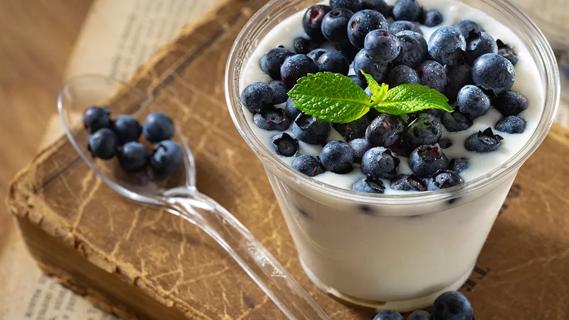
Snacking can bring benefits with healthy food choices and planning
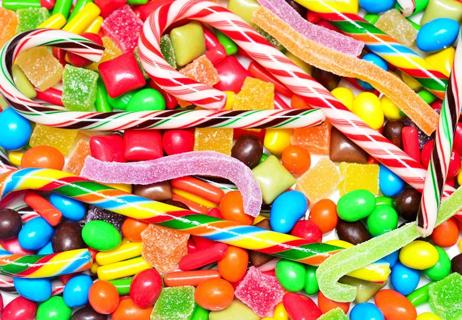
Stress, lack of sleep and not eating enough all contribute to sugar hankerings
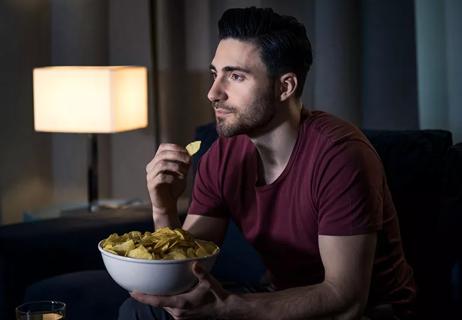
These foods sabotage weight loss and rob you of rest
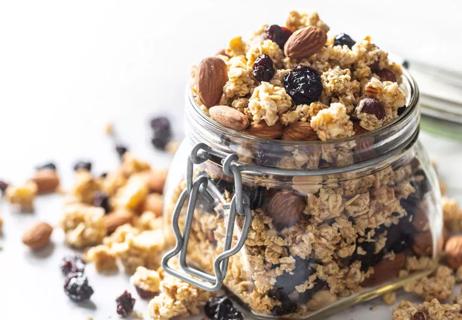
What you eat between meals matters
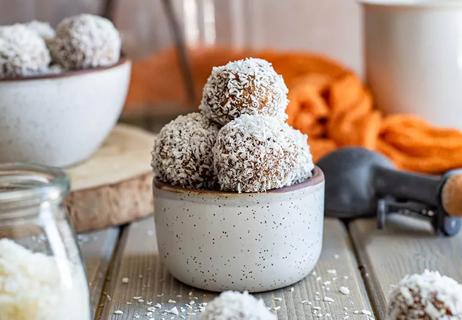
A convenient and nutrient-rich snack
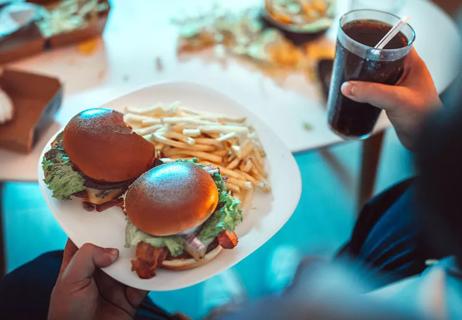
Practical tips for curbing cravings and smart swaps

These foods will nourish your body without ruining your diet

Type 2 diabetes isn’t inevitable with these dietary changes

Applying a hot or cold compress can help with pain